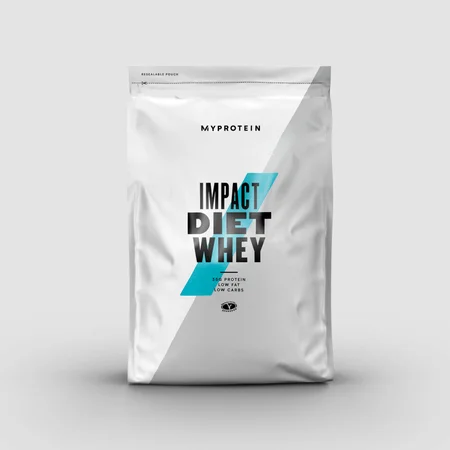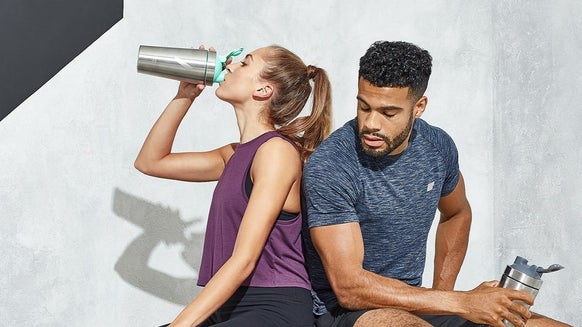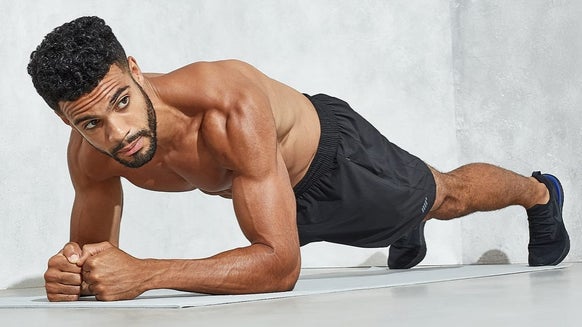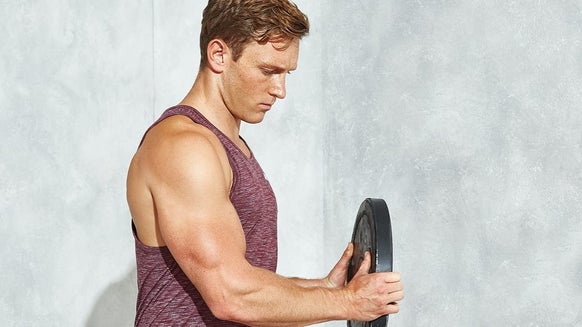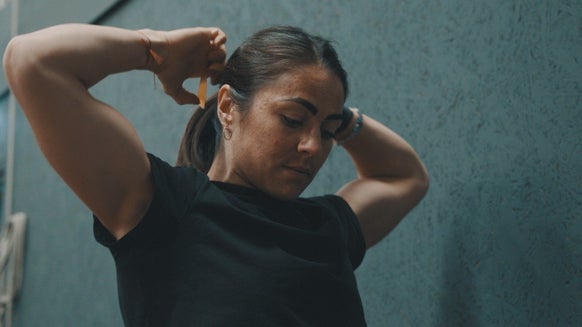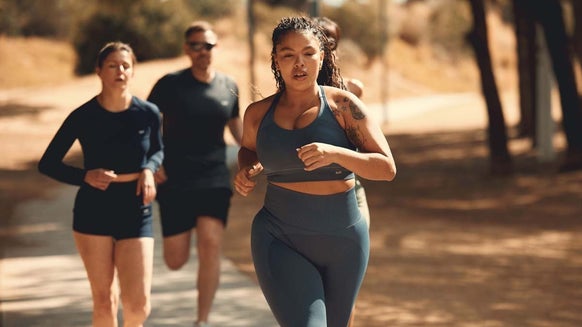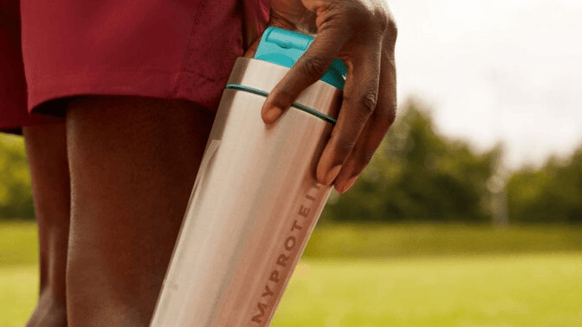Beginners Chest Workout | 4 Exercises For Building Bigger Pecs

Chest day owns a lot of centre focus from bodybuilders and gym-goers alike - and with good reason.
Who doesn’t want to build strong, solid pecs that help you fill out your t-shirt and broaden your upper body? However, the upper region of the chest is by far the hardest area of the chest to build, therefore it's important to perform the correct exercises and with proper form.
First thing's first; it's important to acknowledge that the chest is split into three main parts; upper, lower and middle, therefore you'll need to perform a range of exercises in order to target these three key muscle groups.
Targeting the chest muscles
The chest or pecs can be labelled as one single muscle, namely the pectoralis major, which can be then split into three sections:

1) Clavicular part (upper chest)
2) Sternal part (centre chest)
3) Costal part (lower chest)
Underneath pectoralis major lays smaller pectoralis minor - this cannot be specifically targeted.
The upper region of the chest muscle fibres originate in the anterior portion of the clavicle, and insert into the humerus – (the upper arm bone:) referred to as the ‘clavicular fibres.’
The lower, (largest region of the chest muscle fibres) originate in the sternum, inserting into the humerus: referred to as the ‘sternocostal fibres.’
Warm-up
First tip: Don't start with heavy weights - this can easily lead to incorrect form, and could provoke many injuries.
Don't let your ego take over - it is recommended to begin using an Olympic bar for males – weighing 20kg, or a shorter 10kg bar for females. This weight will be light enough for most people to practice correct form!
However, before lifting anything - it is important to perform an adequate warm-up.
Have a go at this resistance band warm-up to prepare your shoulder joint.

Not only will external rotations of the shoulder help warm-up the Rotator Cuff, but it can help loosen the Pectoralis Major (pecs); muscles that are usually tight within most people, due to postural issues etc.
In addition, it is highly recommended a warm up by performing each exercise a few times with a much lighter weight.
Exercise #1- Barbell bench press
An essential multi-joint exercise that works the middle chest area when lifting from a flat bench - one that you likely to be stronger on, due to the majority of the Chest muscle fibres being oriented in this direction.

✓ Lie back on a flat bench
✓ Using a medium width grip lift the bar from the rack and hold it directly above your head
✓ Inhale and begin to lower the bar down slowly until it touches your middle chest.
✓ After a short pause, push the bar back to the starting position as you exhale (concentrate on using your chest muscles to push the bar).
✓ Lock your arms and squeeze your chest in the contacted position at the top of the motion
✓ If you don’t have a spotter use a comfortable weight to ensure safety. Be careful not to let the bar bounce of your chest – the exercise should be controlled at all times. Beginner lifters are advised to use caution when performing this exercise and should be assisted by a spotter!
Extra point - place bar back on rack!
TOP TIP: Lowering the weight should ideally take twice as long as raising it.
Variation: Perform the same exercise on an inclined bench to target your upper chest. A 30-45% incline works best.
Exercise #2- Dumbbell Bench Press
This exercise brings your stabilizer muscles into play and allows for a greater stretch at the bottom and more efficient contraction at the top than a barbell press. It is a must-do for new lifters.

✓ Lie back on a flat bench with a dumbbell in each hand balanced on your thighs.
✓ Lift the dumbbells and twist your wrist, so that your thumbs are facing each other (pronated grip.)
✓ With slightly bent elbows, position arms in line with shoulder
✓ Slowly lower arms and spread your elbows as far as possible.
✓ Hold the stretch for a moment - use your chest to bring arms close together
✓ Do not allow the dumbbells to touch each other at the top.
✓ Hold the contraction by squeezing the chest for 1-2 seconds
TOP TIP: Don’t hit the dumbbells against each other at the top of the movement; the weights should only just touch if at all.
Variation: Perform with palms of hands facing each other. Follow form as shown.
Exercise #3- Dumbbell flyes
This compound exercise is great for expanding your chest muscles, giving you that broader look. It also works the shoulders as a secondary muscle group.

✓ Extend your arms above you, keeping a slight bend at the elbows. Your palms should be facing each other.
✓ Exhale and bring the dumbbells back to the starting position by reversing the motion you just performed.
✓ Ensure movement only occurs at the shoulder joint and NOT the elbow.
TOP TIP: Use a lighter weight when first performing this exercise so as not to injure your shoulder joint.
Variation: Perform with thumbs facing each other to target your upper chest.
Exercise #4- Pushups

This exercise is simple but very effective! It mainly targets your chest but also works your triceps and shoulders making it a very effective compound mechanic.
It also uses your own bodyweight and can be done at home with no equipment.
✓ Raise your torso with your arms, holding yourself diagonally at arm’s length from the floor.
✓ Inhale and lower yourself downward until your chest almost touches the floor.
✓ Exhale and push yourself back upwards with your chest.TOP TIP: Keep your head facing forward at all times whilst performing the exercise.
Variation: Mix it up by performing decline pushups to target your lower chest muscles and ensure you get a complete chest workout.

Take home message
Use this workout routine when beginning to train chest to build a strong foundation on your pecs.
Remember to target all three areas of your chest and record the weights you lift to see your progress.


